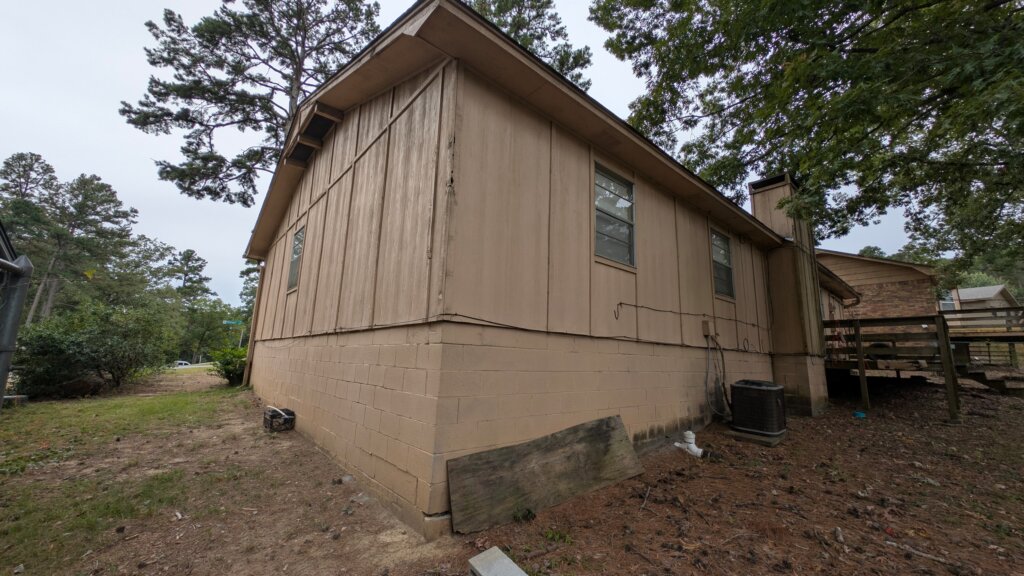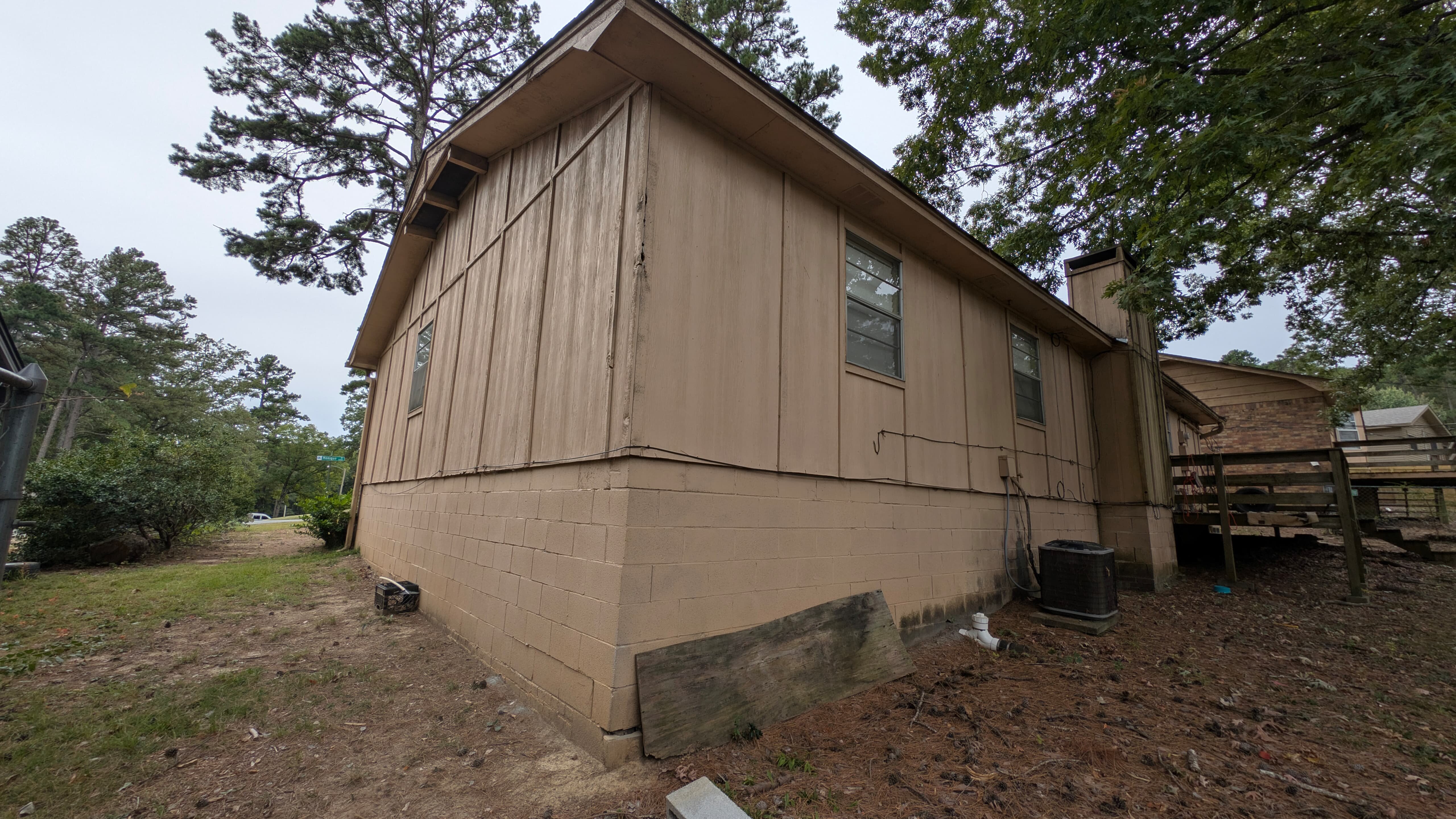Introduction
If you’re preparing to sell land in Arkansas, one of the most important things to understand is whether your property has an easement. Easements can affect access, value, buyer interest, and even buildability. Many land deals fall apart because sellers don’t realize easements exist — or they misunderstand how they work.
At Shamrock Lands (501-406-0051), we review thousands of parcels across Arkansas each year, and easements are one of the most common issues we help landowners understand and resolve. This guide explains what an easement is, how to find out if your land has one, and what it means for your sale.
What Is an Easement?
An easement is a legal right for someone else to use a portion of your property for a specific purpose.
Even though you still own the land, another party has limited rights over part of it.
Common easement types in Arkansas include:
- Access easements (right-of-way) – allows someone to cross your land to reach theirs.
- Utility easements – for water, sewer, electric, or drainage.
- Shared driveway easements – common in rural and suburban lots.
- Conservation or drainage easements – limit building in certain areas.
Easements “run with the land,” meaning they stay in place even if the property is sold.
Why Easements Matter When Selling Land
Easements can affect:
- Market value – depending on location, they can decrease or increase value.
- Buyer demand – some buyers avoid properties with easements, while developers require them.
- Buildability – structures cannot be placed over most utility or access easements.
- Financing – certain easements may require lender review or additional documents.
Knowing your easements upfront prevents last-minute surprises during due diligence.
Types of Easements You Might Find in Arkansas
1. Utility Easements
These are the most common.
Utilities such as water, sewer, power, gas, and cable companies usually have rights to access your land or maintain lines.
Typical restrictions:
- No structures over the easement
- Limited landscaping or fencing
- Access must be left open for maintenance
Builders check these carefully, especially in Little Rock, Bryant, Bentonville, Rogers, Cabot, and Conway.
2. Access or Right-of-Way Easements
These allow someone else to reach their property through yours.
Often seen in:
- Rural acreage
- Shared family land
- Subdivision lots without road frontage
- Parcels created before modern road standards
If an adjacent owner relies on your land for access, the easement may be essential — and permanent.
3. Private Road Easements
Common in rural parts of Sharp, Izard, Fulton, and Marion Counties.
These allow multiple landowners to use the same dirt or gravel road to reach their lots.
Buyers often ask whether maintenance is shared or formally recorded.
4. Drainage or Flood Easements
These designate areas for water flow or stormwater management.
They often restrict:
- Building
- Grading
- Adding permanent structures
These easements are important in flood-prone counties such as Pulaski, Faulkner, Saline, and Garland.
5. Conservation Easements
These protect wetlands, wildlife, or natural areas.
They can significantly limit development but may increase value for recreational buyers.
How to Find Out If Your Land Has an Easement
1. Check Your Recorded Deed
Many easements are listed directly in the deed.
Look for phrases like:
- “Subject to easements of record”
- “As shown on recorded plat”
- “Utility easement” or “right-of-way easement”
You can access your deed through:
- County recorder’s office
- ACTDataScout.com
- ARCountyData.com
2. Review Your Subdivision Plat or Survey
Most subdivisions record a plat map that shows utility easements, drainage corridors, and building setbacks.
If you have a survey, easements are usually drawn and labeled.
3. Use County GIS Maps
Some Arkansas counties show easements directly on their GIS mapping systems:
- Pulaski County GIS
- Benton County GIS
- Washington County GIS
- Saline County GIS
These maps often include utility corridors and access lanes.
4. Ask the Local Utility Companies
Water, sewer, and electric providers can confirm whether they maintain lines or infrastructure on the property.
5. Let the Title Company Check
Every land sale goes through a title search, which identifies recorded easements.
If you’re unsure, the title company will confirm them during closing.
Do Easements Reduce Property Value?
It depends on the type and location.
Minimal Impact:
- Rear utility easements
- Side boundary easements
- Drainage easements at the back of a subdivision lot
Moderate Impact:
- Driveway easements across the middle of a lot
- Shared road easements with unclear maintenance agreements
Significant Impact:
- Conservation easements
- Large access easements that limit building
- Utility corridors running through prime buildable space
Each situation is different — and buyers will factor this into their offer.
Can You Remove an Easement?
Sometimes, yes — but not always.
Removal may be possible if:
- The easement is no longer used
- Both parties agree in writing
- A replacement access route is created
- A court declares the easement abandoned
Utility easements, however, are usually permanent.
How Shamrock Lands Helps Landowners
Easements don’t stop us from buying your land.
In fact, many sellers choose us because easements scare off traditional buyers.
When you sell to Shamrock Lands:
- We evaluate your property even with easements
- We handle all title review and easement research
- We cover all closing costs
- We buy land as-is — even with access, utility, or drainage restrictions
You get a simple, fast, cash sale without guesswork.
Conclusion
Easements are a normal part of land ownership in Arkansas, but they can affect value, access, and buildability.
Understanding what easements exist — and how they impact your land — makes selling easier and avoids delays during closing.
If you’re unsure whether your property has easements or how they affect your sale, Shamrock Lands can help you review and evaluate your land at no cost.
📞 Call 501-406-0051
🌐 www.shamrocklands.com


